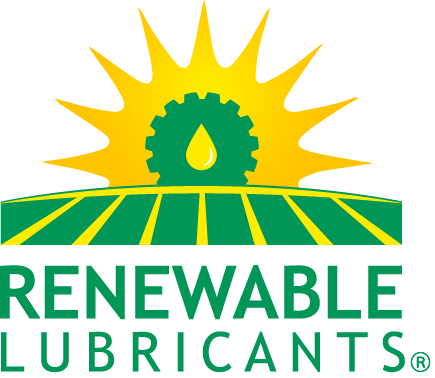
PROS and CONS of Biodegradable Options
In the quest for greener solutions, the world of lubricants is undergoing a transformative shift, with a spotlight on cutting-edge options like Hydraulic Environmental Ester oil Synthetic (HEES), Synthetic esters, and Hydraulic Environmental Triglycerides (HETG). These environmentally conscious lubricants are revolutionizing sustainability through enhanced biodegradability and renewable sourcing.
HEES (Hydraulic Environmental Ester oil Synthetic)
A biodegradable hydraulic fluid which uses synthetic esters as the base fluid. Synthetic esters share a similar chemical structure to HETG types - but are synthesized rather than derived from natural sources).
PROS
1. Synthetic Base Fluid: Synthetic esters offer consistent performance and improved stability compared to natural oil-based fluids.
2. High Temperature Stability: Synthetic esters exhibit better thermal stability, allowing them to function effectively at high operating temperatures.
CONS
1. Cost: The production of synthetic esters can be more expensive than mineral oils, potentially leading to higher initial costs.
2. Performance Variability: The performance of HEES lubricants can vary depending on the specific synthetic esters used.
HEPL (H1 and H2 Lubricants)
Lubricants used in applications where they might touch food, such as equipment over a food line. H2 - Lubricants used in locations where there is no possibility that the lubricant or lubricated surface contacts food, e.g., equipment under a food line.
PROS
1. Food Safety: H1 lubricants are safe for incidental food contact, making them suitable for equipment near food processing lines.
2. Diverse Applications: H2 lubricants are versatile for various non-food-contact applications, providing lubrication in a wide range of industries.
CONS
1. Limited Application: H1 lubricants are specialized for food-contact areas, limiting their use to specific environments.
2. Regulatory Compliance: Strict adherence to food safety regulations is necessary to prevent contamination.
HETG (Hydraulic Environmental Triglycerides)
The BioFlo AW-series of biodegradable hydraulic fluids meet the ISO 6743-4 class definition of an HETG. HETG = Hydraulic Environmental Triglycerides = A biodegradable (vegetable oil based) hydraulic fluid which uses triglyceride esters as the base fluid. Vegetable oils are all classified as triglyceride.
PROS
1. Biodegradability: HETG lubricants are derived from vegetable oils, enhancing their biodegradability and reducing environmental impact.
2. Compatibility: HETG lubricants can often be used in existing hydraulic systems with minimal modifications.
CONS
1. Temperature Sensitivity: Vegetable oil-based fluids can have lower temperature stability and might exhibit reduced performance at high temperatures.
2. Degradation Over Time: HETG lubricants can degrade faster than synthetic fluids, potentially leading to more frequent fluid replacement.
ECL (Environmentally Considerate Lubricants)
Environmentally Considerate Lubricants - no explicit definition, no scientific body or governmental oversight/approval.
PROS
1. Environmental Awareness: ECLs reflect a proactive approach to environmental concerns, although the definition lacks specificity.
2. Customization: Manufacturers can tailor ECL formulations to meet specific environmental and performance requirements.
CONS
1. Lack of Definition: The lack of a standardized definition for ECLs can lead to confusion and inconsistency in product offerings.
2. Regulatory Uncertainty: Without clear definitions or oversight, it's challenging to ensure that ECLs meet specific environmental criteria.
EAL (Environmentally Acceptable Lubricants)
Environmentally Acceptable Lubricants (EALs) are defined as biodegradable, non-bioaccumulative and minimally harmful for aquatic environment (like fish, seaweeds …). EAL products must be used on equipment with oil-to-sea interfaces unless technically infeasible and are mandatory in United States waters since 2013.
PROS
1. Aquatic Environment Protection: EALs are designed to minimize harm to aquatic ecosystems, especially in oil-to-sea interfaces.
2. Regulatory Compliance: Mandatory usage in certain waters enhances environmental protection efforts and regulatory compliance.
CONS
1. Performance Trade-offs: EALs might have performance trade-offs compared to conventional lubricants, impacting equipment efficiency.
2. Limited Options: The selection of EALs can be limited, potentially leading to compatibility and availability challenges.
